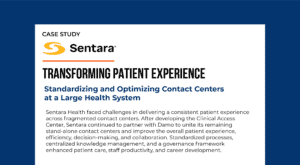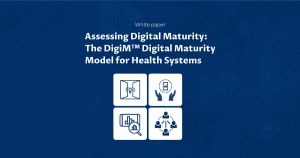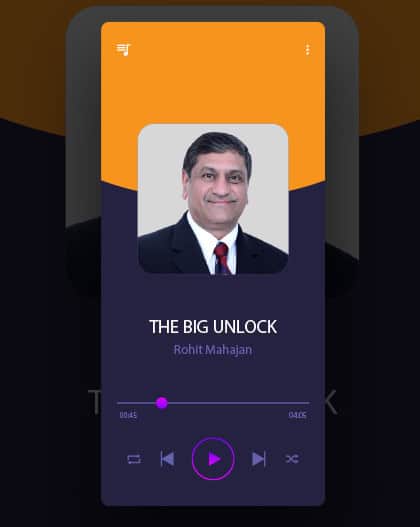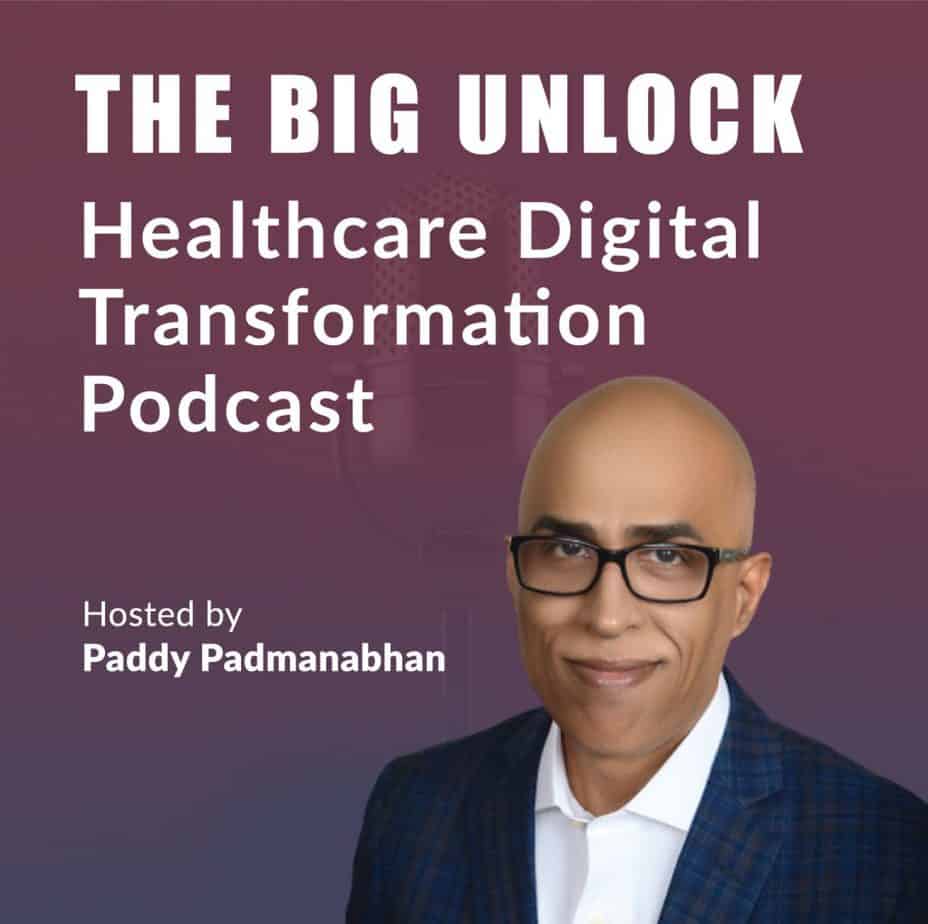National Health IT Week 2018: 3 Trends That Will Drive the Future of Technology in Healthcare

It is National Health IT week. Three significant technology trends will drive healthcare’s digital transformation.
October 8-12 is National Health IT week (NHIT Week). Healthcare IT has gone through dramatic changes in the past decade. Driven by a need to rein in runaway healthcare cost increases, the federal govt passed the Affordable Care Act (ACA) and its companion HITECH Act that used the Meaningful Use program of financial incentives to promote the implementation of electronic health record (EHR) systems. During this time, we have gone from what was largely a paper-based healthcare ecosystem to almost total penetration of digitized medical records. Health systems are now at the cusp of the next wave of IT-led transformation defined by these questions:
- What do we do with all the EHR data?
- What do we do about the explosion of new data?
- How is the market changing on us?
The coming years will see the transformation of healthcare delivery, driven by three important trends as they pertain to the role of information technology:
Data, analytics and artificial intelligence (AI)
The first AI-powered diagnosis of images was approved by the FDA this week. The arrival of data-driven, algorithmic decision-making using advanced computing infrastructure augments and enhances the capability of human physicians in the delivery of care. As the volume and variety of data have exploded in the past few years, so have the opportunities to derive additional meaning to predict and manage disease conditions. The digital transformation of healthcare is predicated on harnessing the power of data and analytics, and billions of dollars in venture capital money are pursuing that goal. However, AI has a “black box” problem which will impact adoption rates, as will ongoing concerns about data privacy, security, and ransomware.
What to look for: Increased adoption and transparency with AI models, increased use of personal genomic data, and the use of advanced analytics to solve public health issues such as the opioid crisis.
Changing healthcare markets
The healthcare consumer has long suffered the rising costs of healthcare. However, we may be approaching an inversion point driven by the burning questions of affordability and accountability in healthcare. Employers are taking matters into their hands and underwriting their employee healthcare costs, as we are beginning to see from the examples of GM and Walmart. By plying employees with wellness screenings and preventive care models, and by contracting directly with healthcare providers, employers hope to bring healthcare expenses under control while keeping their employees healthy. Other factors at play; high deductible health plans have sharply reduced healthcare consumption among the older population while the younger generation is eschewing traditional paternalistic healthcare provider relationships for convenience and virtual care models. Digital health upstarts are coming up with innovative new models, built largely on the premise of virtual, AI-enabled, superior experiences enabled on smartphones and powered by remote data collection. Healthcare providers, for their part, find themselves sandwiched between giant pharma companies and health insurance companies, struggling to consolidate to gain and maintain negotiating power.
What to look for: M&A, industry consolidation, and the emergence of non-traditional players, all looking to use technology to “own” the healthcare consumer of the future. Case in point: the new Amazon-Berkshire Hathaway-JP Morgan healthcare venture led by Dr. Atul Gawande.
The digital health platform of the future
The past decade has been an incredible windfall for a handful of dominant EHR vendors who hit the lottery when the ACA and HITECH Acts came into being. However, the rapid, large-scale implementation of EHR systems with poor user experience design created an epidemic of physician burnout even as hospitals digitized clinical workflows and patient medical records. The physician community has pushed back, even as the Office of the National Coordinator for Health IT (ONC) has waged war on the lack of data interoperability between proprietary vendor systems. While EHR maintenance and optimization continue to consume a significant portion of enterprise IT budgets, a new breed of challengers, including large tech firms with deep pockets and vast experience in building consumer-focused platforms, is looking to dominate the digital health landscape of the future. EHR vendors are rising to the challenge, enhancing their platforms and embracing the growing adoption of emerging industry standards such as Fast Health Interoperability Resources (FHIR).
Originally published on CIO.com

